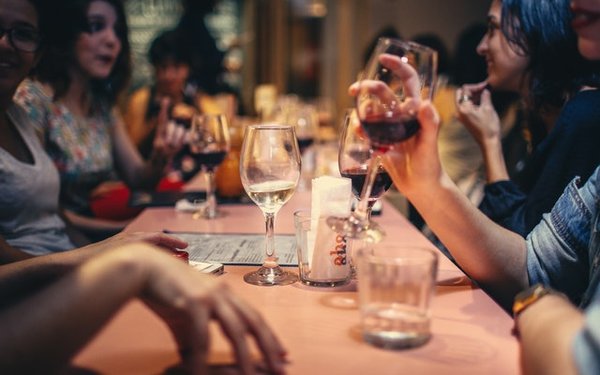
Declines
in consumer traffic and fewer out-of-home occasions featuring alcoholic beverages continue to stifle volume growth in those beverages for U.S. restaurants and bars.
As in 2016, total
alcohol volume in those venues was flat, according to the latest On-Premise Intelligence Report from Technomic and Beverage Marketing Corporation.
However, 2017
dollar sales are expected to increase 2.1%, driven by drink price increases and continued growth in consumer demand for premium products.
Aged spirits,
including whiskey, brandy, cognac and aged rum, continue to be the growth categories, according to Eric Schmidt, director, alcohol research at Beverage Marketing Corporation.
Vodka, while still the largest-volume category, saw volume decline slightly this year, and overall beer consumption is also down.
advertisement
advertisement
“In beer, imports and craft are
gaining share, propelled by Mexican brands and smaller craft labels,” reports Schmidt.
While imported sparkling wine maintained “relevance at the bar,”
domestic table wine brands have been showing mixed results, he said. The wine category as a whole is suffering its fourth year of volume decline on-premise.
The report notes that the appeal of “differentiated and flavorful” adult beverages, and the importance of supplier support, are evident
based on the brands that are seeing the fastest growth on-premise. As in 2016, Tito’s Handmade Vodka heads that list.
Despite the volume-growth challenges, alcoholic
beverages are critical to bar and restaurant businesses’ profitability, of course.
And they remain an important aspect of the going-out experience for consumers,
according to Donna Hood Crecca, associate principal at Technomic. A third of all adult consumers of alcoholic beverages and half of those 21 to 34 “confirm that the drink offering influences
their decision of where to go,” she says.
With more types of venues serving alcoholic beverages, including sports stadiums, brewing tasting rooms and wineries,
“improving and differentiating the drink experience is key to success” for traditional restaurants and bars, she says.
Another new report on the on-premise market, from Mintel, also notes that dollar sales growth, despite the volume
declines, points to “consumers ordering fewer but more expensive drinks when they go out.”
Two notable Mintel insights: a third of consumers are “at-home
relaxers,” and regular wine drinkers are brand agnostic.
Since drinking away from home tends to revolve around occasions, alcohol brands and bars can improve
marketing by understanding which drinks tend to go with which occasions, points out Mintel senior foodservice analyst Caleb Bryant.
“Meals and celebrations are the
most common reasons that consumers drink on premise, and bars can increase alcohol sales by providing consumers with a unique eating/drinking experiences,” he says.